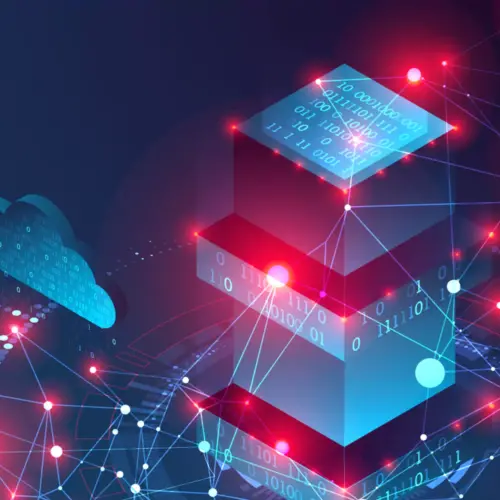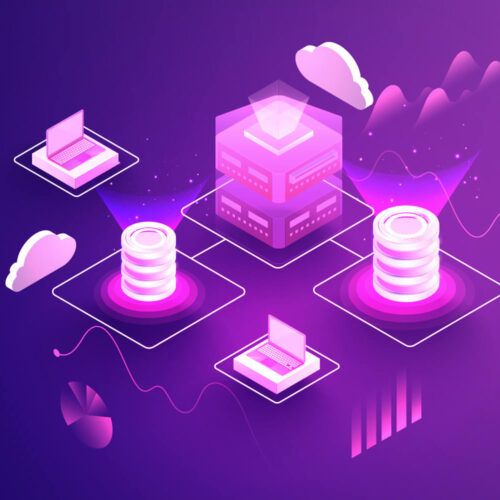IT teams face some of the biggest challenges yet in managing complex, hybrid technology for business. Mixed groups of infrastructure, operations, development, cloud and business stakeholders are charged with working together to turn more data into actionable insights, improve service delivery and reduce costs. On top of these challenges, different teams manage different silos of technology using different models for success.
The DevOps Handbook (Gene Kim, Jez Humble, Patrick Debois and John Willis) explains that many IT leaders mistakenly believe that DevOps and ITIL are incompatible. In his more recent book, The Unicorn Project, Kim explains how the “three ways” of DevOps—flow, feedback and continual learning—work in successful DevOps implementations. All these approaches require the same detailed critical information about the infrastructure landscape of an enterprise that ITIL practitioners would call a configuration management database (CMDB).
It’s impossible to scale even the most agile DevOps environments without having this data, but CMDBs have proven to be a big challenge. In recent research, Charles Betz and Rich Lane of Forrester explain that “For a capability that some call a best practicum, the CMDB is awfully hard to get right.”
Here’s the problem: how do IT leaders get the full insight into their IT infrastructure and applications dependencies they need before, during and after making improvements? How can they find undocumented resources that may hold the keys to streamlining and transforming the environment?
Many organizations use a combination of spreadsheets and manual effort–with mixed results. This model doesn’t fit very well into agile DevOps teams, either. The real answer to this question comes through comprehensive automatic discovery and asset management.
Using the Right Technology to Turn Complexity into Simplicity
Betz and Lane point out that “CMDB versus cloud is a false dichotomy…Planning, accounting/reporting, and coordinating don’t go away just because of cloud or DevOps. The real choice is how enterprises will integrate the two.”
The right technology bridges this gap. With minimal knowledge at the start, IT infrastructure and operations teams can use automatic and agentless discovery to map out infrastructure and application resources and dependencies across cloud and on-premises data centers. The best tools also offer insight into detailed data center floor and rack diagrams and power consumption. They can also automatically feed data into ITSM ticketing systems to drive automated provisioning. Systems and processes will vary by organization. The important thing is that the right data get to the right application.
Device42 provides automated visibility into the entire enterprise required to manage complex data centers. It also provides a pre-configured CMDB. Whether you choose to call it a CMDB or an IT asset library, it still fulfills the same function..
In one of our implementations, we worked with an award-winning creator and worldwide publisher of interactive entertainment, including video games, to create and support continuous integration and continuous delivery (CI/CD). The organization has a large and complex enterprise which includes on-premises data centers and cloud resources. Their enterprise includes 16 storage arrays and resources in Google, AWS and Azure clouds, as well as hundreds of VMWare instances.
IT leaders needed detailed, accurate data to support DevOps via Ansible-driven CI/CD.
The Network Team Lead explains: “We brought in a DevOps expert to lead our efforts. He told us we needed a single source of truth. We showed him what we could discover with Device42 and he said that it would work perfectly for what we need.”
“We used its tagging and IP asset management (IPAM) capabilities to build out Ansible groups and discover everything securely. Going forward, we plan on standardizing on Device42 for our single source of truth across all our IT teams.”
Creating Strategic Data Centers with a CMDB
Device42 also worked with a financial services firm known as TP ICAP. TP ICAP has a substantial investment in analytics—an ideal DevOps use-case—in which they provide proprietary pricing information based on historical data and execution functionality.
When the opportunity emerged to consolidate into two data centers, TP ICAP began looking at ways to streamline their operations. They wanted to explore cloud options, reduce their overall footprint, discard obsolete hardware, and increase their overall agility.
Achieving these objectives meant laying a substantial amount of groundwork to map the existing data center implementation. They needed to find their obsolete infrastructure before they could consolidate it, for example, and they needed to find application and infrastructure dependencies before they could migrate.
With Device42, TP ICAP reduced their planning time and overall effort by over 25%. By adding a visualization tool, they were able to quickly identify obsolete servers, servers without a primary application or function, consolidate underutilized infrastructure, and separate internal and external dataflows. In the future, they plan to use this technology to build on the foundations of their strong CMDB to create faster and more responsive applications based on network flow data and running processes.
Device42 Brings Collaborative Improvement to the Data Center and Cloud
The promise of DevOps consists of fast, responsive infrastructure that can be invoked as code. The reality of getting there requires a way to capture and document detailed data on infrastructure and applications that may not even be known at the start of the project. Gap analysis demands detailed understanding of the current state to improve it. Modernization and optimization efforts target obsolete and uncategorized infrastructure, but these items can’t be found easily through manual effort. Of course, you can’t do infrastructure as code if you don’t know what infrastructure exists at the start.
That’s where automated discovery comes in. Device42 provides a complete, real-time picture of infrastructure assets and shows how they work together. The data it provides is easily shared in analytics and ITSM tools. It breaks down silos and unites disparate teams because everyone has access to the same view of how things work. In short, Device42 provides a map that everyone can use to improve together. It’s the very important “you are here” indicator on your roadmap to the future. See it for yourself. Download a free trial today!



